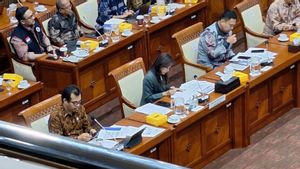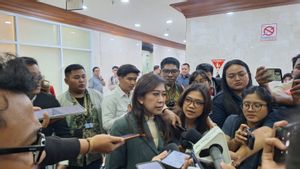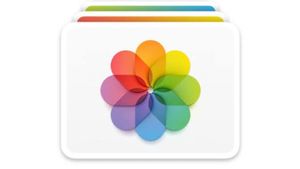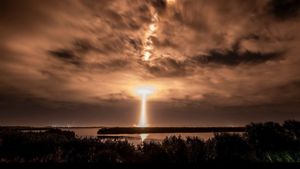JAKARTA Satellite technology continues to develop and this spacecraft has various functions, such as providing signals or looking for exoplanets. Now, satellites can also be used to detect plastic waste.
A satellite with a new imaging technique was developed by researchers from the Royal Melbourne Institute of Technology (RMIT) in Australia. According to the university's official statement, the satellite is capable of detecting plastic by measuring its reflections of light.
RMIT explains that plastic waste monitoring satellites are nothing new. Many satellites have been developed to find plastic, but the focus is always on garbage in the sea, be it in the form of bottles, bags, or fish nets.
However, this technology is considered not very good because most satellites can only detect floating plastic. Many cannot find garbage on the beach because plastic is often integrated or even covered in sand.
Jenna Guffogg, Mariela Soto-Berelov, and other researchers used the Damped Plastic Waste Index (BPDI) in the satellite they developed. This technology is designed to map plastic on the beach using high-definition data from the WorldView-3 satellite.
"The beauty of satellite imagery is that it can capture a large and remote area at regular intervals," said Mariela. This is very encouraging because until now we do not have the tools to detect plastic in coastal environments from space."
SEE ALSO:
BPDI has been tested and as a result, the spacecraft developed by RMIT researchers managed to find 14 plastics on Gippsland beach, Victoria. Each plastic is placed in a distance of two square meters.
BPDI can distinguish contaminated pixels on the beach and is able to classify plastic shapes appropriately. When compared to the other two indexes on satellite imagery, BPDI is far superior because it does not detect shadows or water as plastic.
Detection is an important step needed to understand where plastic waste is collected and planning cleaning operations, said Mariela. "We want to partner with organizations in the next step of this study."
The English, Chinese, Japanese, Arabic, and French versions are automatically generated by the AI. So there may still be inaccuracies in translating, please always see Indonesian as our main language. (system supported by DigitalSiber.id)












